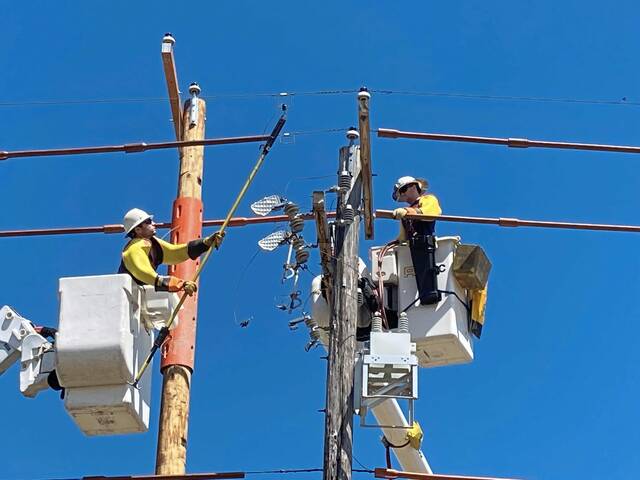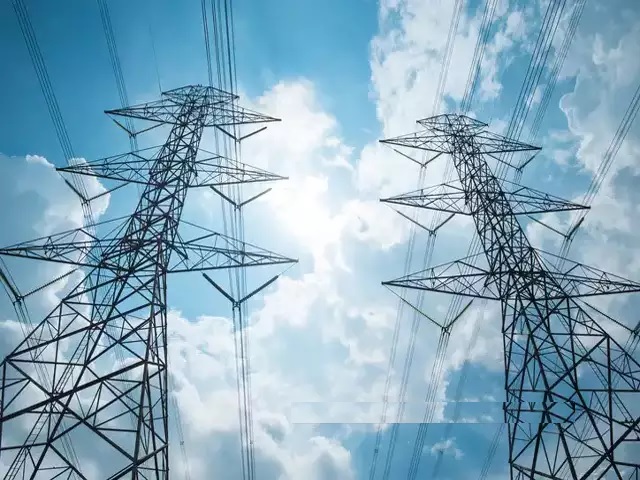The Future of Electric Utilities

The landscape of electric utilities is undergoing a rapid and transformative shift, driven by the convergence of technological advancements, environmental concerns, and changing consumer preferences. As we look toward the future, it’s clear that electric utilities are set to play a pivotal role in shaping the sustainable and technologically advanced world we aspire to create. In this article, we will delve into the key trends and innovations that are driving the future of electric utilities.
Renewable Energy Integration
One of the most significant trends shaping the future of electric utilities is the integration of renewable energy sources. Solar, wind, hydro, and even emerging technologies like tidal and geothermal power are gaining traction as viable alternatives to traditional fossil fuels. Electric utilities are actively investing in renewable energy infrastructure, often collaborating with private companies and governments to develop large-scale renewable energy projects. This shift not only reduces carbon emissions but also offers the potential for decentralized energy production and increased resilience in the face of climate-related challenges.
Smart Grids and Advanced Metering
The development of smart grids is another crucial innovation in the electric utilities sector. Smart grids leverage advanced sensors, communication networks, and data analytics to optimize the generation, distribution, and consumption of electricity. This enables utilities to respond dynamically to changing demand patterns and reduce energy wastage. Advanced metering systems provide real-time data to both consumers and utilities, empowering consumers to make informed decisions about their energy usage and allowing utilities to manage their resources more efficiently.
Energy Storage Solutions
Energy storage is emerging as a game-changer in the electric utilities industry. As renewable energy sources are intermittent by nature, effective energy storage solutions like batteries are essential to store excess energy generated during peak production times for use during low-production periods. This technology not only enhances the reliability of renewable energy sources but also enables utilities to provide consistent power supply to their customers. Additionally, energy storage systems offer the potential to participate in demand response programs and stabilize the grid during emergencies.
Decentralization and Microgrids
The future of electric utilities is not just about large centralized power plants. The concept of microgrids is gaining momentum, allowing localized energy generation and distribution. Microgrids are particularly valuable in remote areas or places with unreliable grid infrastructure. These self-sustained systems can integrate renewable energy sources, storage solutions, and even backup generators to ensure uninterrupted power supply. Furthermore, in the face of natural disasters or grid failures, microgrids can operate independently and provide essential services to communities.
Electrification of Transportation
The electrification of transportation is transforming the energy landscape and influencing electric utilities’ future. As electric vehicles (EVs) become more mainstream, utilities are presented with both challenges and opportunities. On one hand, the increased demand for electricity due to EV charging requires utilities to invest in grid upgrades and management solutions. On the other hand, EVs can serve as mobile energy storage units, allowing bidirectional energy flow between vehicles and the grid. This vehicle-to-grid (V2G) concept can provide grid stabilization and offer an additional revenue stream for EV owners.

Data Analytics and AI
Data is the new currency, and electric utilities are recognizing the power of data analytics and artificial intelligence (AI). These technologies help utilities predict demand patterns, optimize energy generation and distribution, and enhance customer service. Machine learning algorithms can analyze vast amounts of data to identify trends, anomalies, and opportunities for efficiency improvements. Predictive maintenance powered by AI can also reduce downtime and maintenance costs for utility infrastructure.
Cybersecurity and Resilience
As electric utilities become more digitally connected, ensuring cybersecurity and resilience is paramount. With the increased reliance on digital infrastructure and smart technologies, utilities are vulnerable to cyber threats that can disrupt operations and compromise customer data. Future-focused utilities are investing in robust cybersecurity measures and developing strategies to quickly recover from cyberattacks. Building a resilient infrastructure involves a combination of technological solutions, employee training, and collaboration with cybersecurity experts.
Conclusion
The future of electric utilities is a dynamic landscape driven by a synergy of renewable energy integration, smart technologies, data-driven insights, and a commitment to sustainability. As we navigate the challenges of climate change and evolving energy demands, innovation within the electric utilities sector will continue to shape our journey toward a cleaner, more efficient, and decentralized energy ecosystem. By embracing these trends and innovations, electric utilities can play a central role in shaping a brighter and more sustainable future for generations to come. If you enjoyed this article about the future of electric utilities then visit Houzz for more interesting articles.



